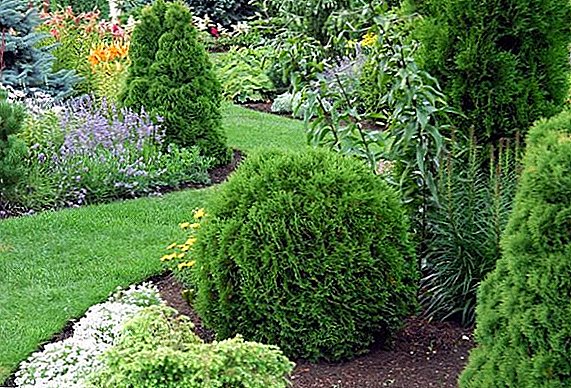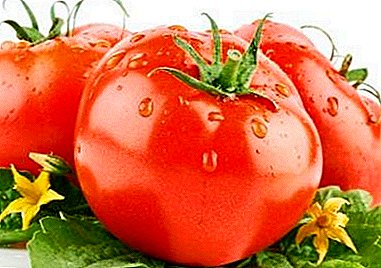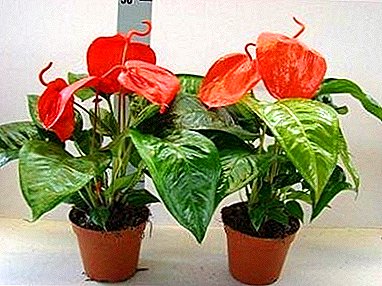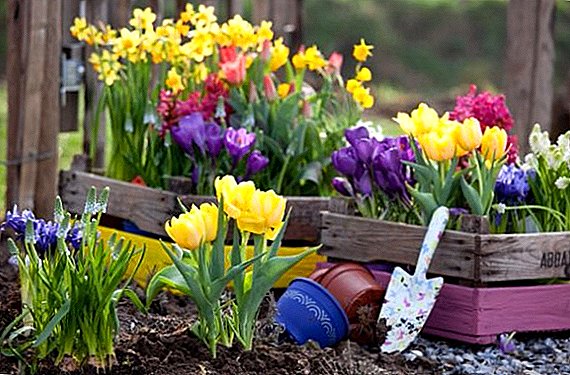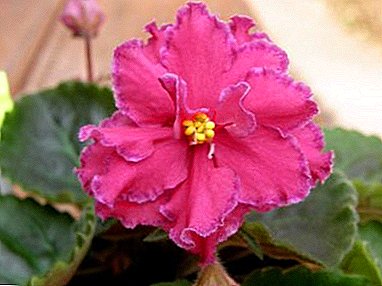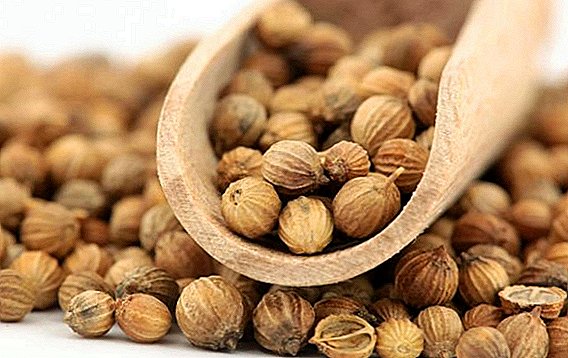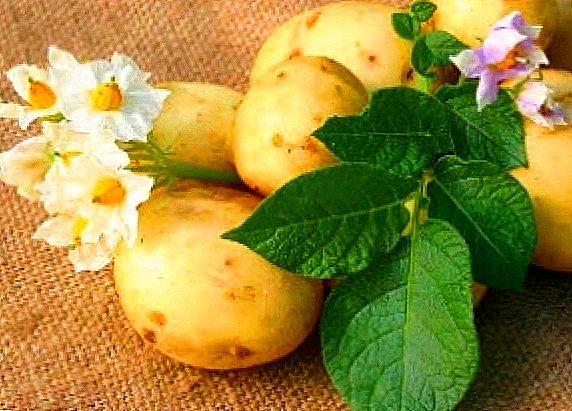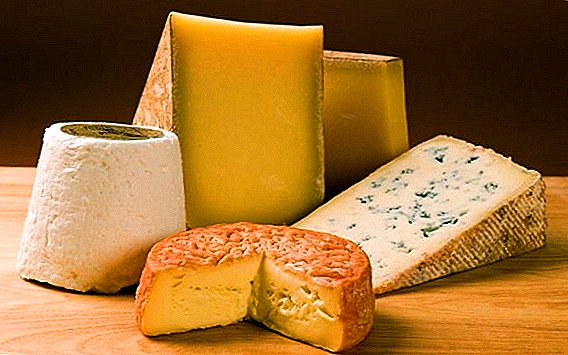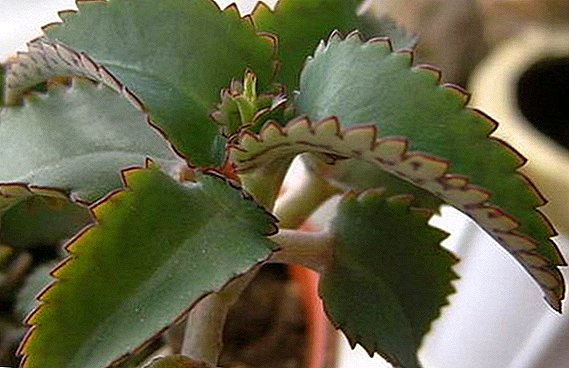 A caring gardener knows the price of a good harvest: timely introduction of organic and mineral fertilizers will saturate vegetables with useful microelements and significantly improve their taste, you will ensure not only high yield, but the maximum manifestation of all the characteristics of the variety. Cucumbers "from the picture" need to be cared for from the moment of sowing, but there are two particularly important stages during the growing season. - flowering and fruiting. Also fertilizers will help prolong the fruiting period, let's talk about this in more detail.
A caring gardener knows the price of a good harvest: timely introduction of organic and mineral fertilizers will saturate vegetables with useful microelements and significantly improve their taste, you will ensure not only high yield, but the maximum manifestation of all the characteristics of the variety. Cucumbers "from the picture" need to be cared for from the moment of sowing, but there are two particularly important stages during the growing season. - flowering and fruiting. Also fertilizers will help prolong the fruiting period, let's talk about this in more detail.
During flowering
Answering the question about how to feed cucumbers during flowering, you need to take into account their needs at this particular time. Each of the vegetation periods can be characterized by the currently leading processes occurring with the plant. For the flowering period, for example, such a prevailing process is fruit ovary.
Check out the most common cucumber varieties: "Masha f1", "Competitor", "Zozulya", "Lukhovitsky", "Real Colonel", "German" and "Courage".The process of fruit formation is accompanied by high metabolism and increased consumption of potassium (2 times more) and nitrogen (1.5 times), which are necessary for good digestibility of water from the soil. It is easy to guess what you need to focus on. Of course, agricultural stores offer a lot of fertilizers and fertilizers, which are quite accessible and give good results, but there is a worthy alternative.

Did you know? Cucumbers are a real treasure for dieters. With a high content of vitamins, micro-and macronutrients, they are very low-calorie - only 16 kcal per 100 g.Feeding cucumber bread infusion is an excellent way out for those who for some reason do not trust chemical fertilizers, plus there is another option for useful disposal of dried / moldy / stale bread. Bread infusion is good for its carbohydrates, but not for plants.
Everyone knows that nitrogen is one of the most important macro-elements for plants, but not everyone knows that nitrogen in a free state is very inert and practically does not enter into chemical reactions. In addition, in a free state, nitrogen cannot be absorbed by plants. Here so-called nitrogen fixers come to the rescue. Nitrogen fixers - the simplest bacteria that assimilate nitrogen from the soil and in the process of vital activity release ammonia and ammonium ions into the soil, which are consumed by plants. 
In order to prepare the bread infusion, we need:
- black bread or crackers;
- 8-10 liters of water.
- Standard bucket (8-10 liters) 1/4 filled with breadcrumbs or bread.
- Fill the bucket with water.
- Place a press on the bread mass and leave for 7 days.
- After the fermentation period is over, remove the grain mass from the infusion and discard.
- The remaining liquid is diluted with three liters of running water, and the infusion is ready for use.
During dry periods, use such a well-known drug as boric acid to feed cucumbers.
During fruiting
Feeding cucumbers during the fruiting period takes place in two stages: the first is carried out with the aim of improving the quality of the fruit, the second - to extend the harvest. Potassium-phosphate fertilizers with a moderate nitrogen content are well suited for the first period. Urea use will also have a positive effect. From organic fertilizer, you can use mullein. It is worth noting that organic and mineral fertilizers have a different effect. So, for example, mullein is good for the growth of cucumbers, and mineral fertilizers will saturate the fruits with microelements.  The solution from mullein is prepared at the rate of 1: 5 and allow it to infuse for 2 weeks. Make a solution in the soil need at the very beginning of fruiting.
The solution from mullein is prepared at the rate of 1: 5 and allow it to infuse for 2 weeks. Make a solution in the soil need at the very beginning of fruiting.
Important! It is a paradox, but the most fragrant and crunchy vegetables can be gathered precisely on condition of moderate soil moisture. Too much moisture will produce fast and good growth, but cucumbers, in some cases, can be somewhat watery. The same effect from the excessive use of ammonia fertilizers.Top dressing of cucumber with urea can be radical or external. Basically, 50-60 g of urea is dissolved in a bucket of water and the resulting solution is poured under the root of a bush. External feeding is applied only under very adverse conditions: sudden prolonged cold, etc. When using urea, two things must be remembered: first, urea greatly increases the acidity of the soil; to prevent this, lime must be added; secondly, urea is a nitrogenous fertilizer, so do not abuse it.
 Often, the use of organic fertilizers or prolonged wet weather is good for cucumbers, but no less good for the development of fungal infections that can significantly harm the crop. Watering cucumber with iodine is good for preventing such common diseases as gray and root rot and powdery mildew. Iodine is dissolved with running water in a ratio of 1/3, then the resulting mixture is treated with the stem and the affected areas of the plant. The procedure is repeated until the symptoms disappear.
Often, the use of organic fertilizers or prolonged wet weather is good for cucumbers, but no less good for the development of fungal infections that can significantly harm the crop. Watering cucumber with iodine is good for preventing such common diseases as gray and root rot and powdery mildew. Iodine is dissolved with running water in a ratio of 1/3, then the resulting mixture is treated with the stem and the affected areas of the plant. The procedure is repeated until the symptoms disappear.If you want your cucumbers to bring a bountiful harvest, find out how to deal with powdery mildew on cucumbers.The second stage of feeding - to extend the fruiting. Proper care will allow you to harvest a fresh crop until October. It must be remembered that with a decrease in temperature, the ability of roots to absorb nutrients from the soil drops sharply (by 15% with each degree), so it is worth reorienting to foliar feeding. Extra root dressing is produced by spraying the bushes with a solution of urea at the rate of 15-20. urea per 10 liters of water. To begin such spraying costs approximately from the middle of the period of fructification and to repeat after each harvesting.
Did you know? The small thorns that cover most varieties of cucumbers, and which can unpleasantly scratch the skin, are needed by the plant not at all for self-defense, but for removing excess moisture. If you look closely, in the morning you can see the dew drops on each of them.

There are a number of other agrotechnical methods, which, in combination with competent fertilizer application, will double the yield and extend the useful vegetation period of cucumbers:
- Do not delay the harvest. If possible, try to visit cucumbers every day and avoid over-ripening of fruits. If the vegetables are not separated from the plant for too long, they not only lose their taste, but also prevent the formation of new ovaries.
- "Refresh" the root system. Cucumbers can be grown not only from seeds, but also vegetatively. In late summer and early autumn, the root system of cucumber is no longer able to absorb as many nutrients as during the period of growth and active fruiting. The process of withering is irreversible, but you can greatly help the plant by giving it new roots! This is done very simply: it is enough just to prikopat one of the lashes in the ground, which no longer bears fruit, turning a small part of it into rings, and without separating from the mother bush. In 5-7 days, a part buried in the ground will spread young roots.
- Harvest carefully. When harvesting try to damage the bush as little as possible. Try not to pull the stalks and lash out of the ground and from the plant. If the fruits are difficult to separate, it is advisable to postpone the collection time for the second half of the day (14-17 hours), so that the plants planted a little under the sun and the cucumbers are easier to collect.
Important! When processing cucumbers with iodine solution, it is important to observe the concentration and process only the stem and the affected parts of the plant. Excessive zeal can backfire and cause burns.Anyone who has a little free time and a desire to use it profitably can grow a good harvest. After all, vegetables from your garden are an invaluable investment in your health, and vegetables from your garden that are not inferior to those grown by professional farmers are a great cause for pride. Good luck!


